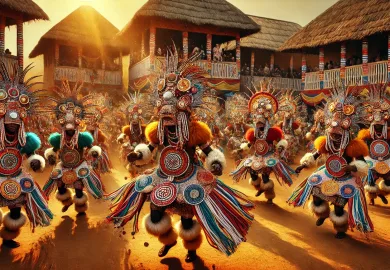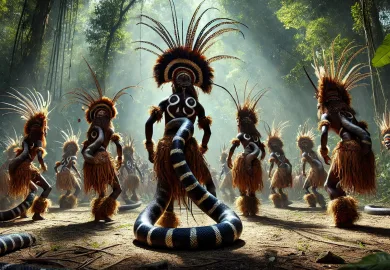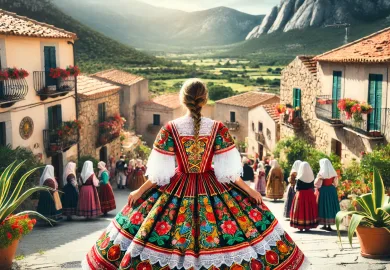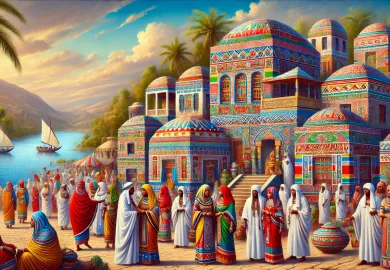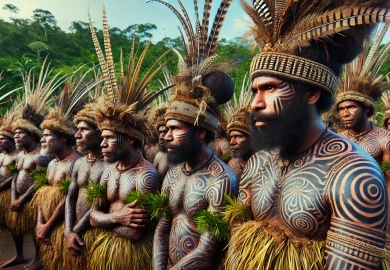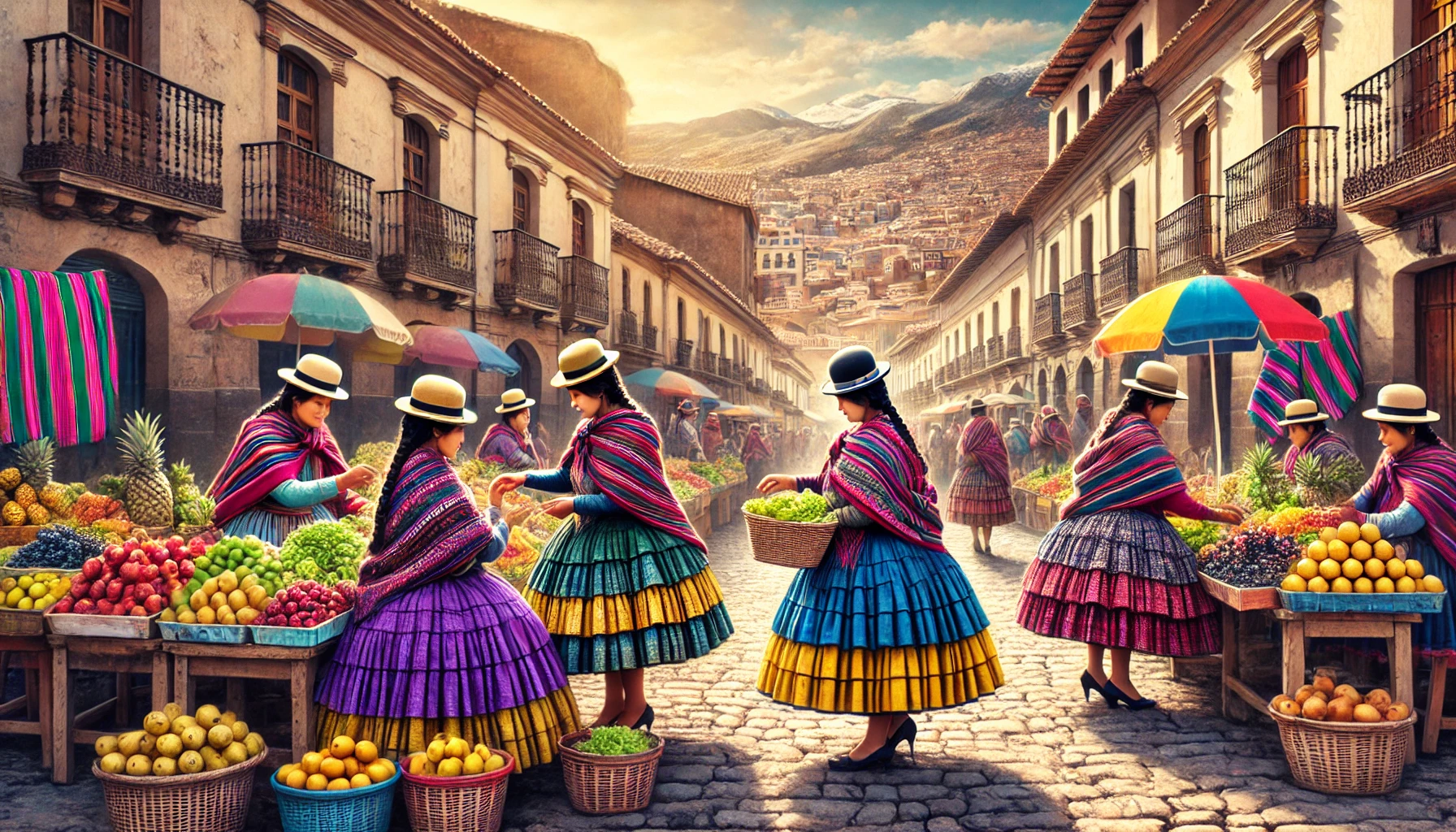
Bolivia is known for its diverse culture and stunning landscapes, but one of the most iconic representations of the country’s identity comes in the form of a simple, yet elegant accessory: the bowler hat. Widely recognized for its use among Bolivian women, particularly the “Cholitas,” the bowler hat has transcended its European origins and become an enduring symbol of Bolivian pride, tradition, and resilience.
The Origins of the Bowler Hat: A British Invention with Bolivian Impact
The bowler hat, or “bombín” as it is often called in Bolivia, was initially created in Britain during the mid-19th century. Originally intended as a piece of practical headwear for the working class, it was sturdy enough to protect riders from low-hanging branches while horseback riding. Designed by British hatmakers Thomas and William Bowler, the hat was meant to combine fashion and functionality.
However, the bowler hat’s journey to Bolivia is an intriguing tale. Legend has it that during the 1920s, European railway workers were sent to Bolivia to help build the country’s infrastructure. These workers brought bowler hats with them, which were intended for male laborers. Due to a misunderstanding or lack of popularity among the men, many of the bowler hats were given to indigenous women in Bolivia. Over time, these women embraced the style, making it a key feature of traditional dress, particularly among the Cholita population.
Today, the bowler hat is more than just an accessory; it is a proud statement of cultural heritage, especially for the indigenous women who wear it with dignity. Despite its foreign roots, the bowler hat has become an emblem of Bolivia, symbolizing the blend of indigenous and European influences in the country.
The Cholitas: The Women Who Made the Bowler Hat Iconic
The Cholitas are indigenous women from the Aymara and Quechua ethnic groups who live in the highlands of Bolivia. Easily recognizable by their traditional attire, which includes brightly colored layered skirts known as “polleras,” shawls, and of course, the bowler hat, Cholitas are an integral part of Bolivian society.
Historically, Cholitas were marginalized and faced significant discrimination due to their indigenous roots and their traditional dress, which set them apart from the Westernized elite. However, the tides have changed, and today Cholitas are celebrated for their cultural pride and resilience. The bowler hat has become a key part of this resurgence of identity.
Cholitas wear the bowler hat perched on top of their heads, sometimes tilted to one side, giving it an air of casual elegance. The way a Cholita wears her bowler hat can also signify certain things, including her marital status. A hat worn straight on the head may indicate the woman is married, while a hat tilted to one side suggests she is single or looking for a partner.
The bowler hat is not only a symbol of tradition but also of empowerment. In recent years, Cholitas have taken on more visible roles in Bolivian society, with many becoming prominent figures in politics, business, and even sports. The iconic bowler hat remains a constant companion in their rise to prominence.
The Significance of the Bowler Hat in Modern Bolivian Society
While the bowler hat is rooted in tradition, it has also evolved to play a key role in contemporary Bolivian society. Today, it is not only a symbol of cultural pride but also a marker of social status and identity, especially in urban areas such as La Paz and El Alto.
For many indigenous women, the bowler hat serves as a link to their ancestors and a reminder of their heritage. The wearing of the hat is seen as an act of resistance against Western influences that once sought to erase indigenous traditions. It’s a statement of self-determination, showcasing that indigenous culture can thrive in modern society.
Furthermore, the hat has become a unifying symbol for indigenous movements throughout Bolivia. In marches, protests, and festivals, women wearing the bowler hat can often be seen at the forefront, proudly representing their communities. This visibility has elevated the bowler hat beyond a simple fashion statement to a cultural symbol that embodies resistance, strength, and unity.
Even in modern fashion, the bowler hat has found its place. Designers in Bolivia have reinterpreted the traditional attire of Cholitas, blending it with contemporary styles to create stunning hybrid fashions that maintain cultural authenticity while appealing to younger generations. These new interpretations of the bowler hat have made it popular not just among indigenous women but also among those from various social backgrounds, contributing to its enduring appeal.
Crafting a Bowler Hat: The Artisans Behind the Tradition
The art of making a bowler hat is a meticulous process that requires skill, patience, and craftsmanship. In Bolivia, many of the hats are still made by hand, using traditional techniques passed down through generations. Artisans, often working in small family-run workshops, create these hats with great care, ensuring that each one is unique.
Typically, bowler hats are made from wool or felt, which is shaped and molded using steam. The hats are then hand-finished, with details like the brim and the signature rounded crown carefully crafted to maintain the hat’s iconic shape. The attention to detail is critical because the bowler hat is considered more than just an accessory; it is an expression of cultural identity.
Artisans often work with natural materials to create durable and high-quality hats that can withstand the elements, particularly the harsh weather conditions of the Andean highlands. The hats are then adorned with simple ribbons or decorative details, depending on the wearer’s preference.
The craftsmanship behind the bowler hat is a source of pride for Bolivian artisans, who continue to keep this tradition alive in a world that increasingly leans toward mass production. These hats, made with love and skill, not only serve a functional purpose but also stand as a testament to the rich cultural history of Bolivia.
The Bowler Hat in Bolivian Festivals and Celebrations
Bolivian culture is marked by its vibrant festivals, many of which showcase the country’s diverse indigenous traditions. The bowler hat plays a significant role in these celebrations, where it is often worn as part of traditional costumes during parades, dances, and religious ceremonies.
One of the most notable events where the bowler hat takes center stage is the “Gran Poder” festival in La Paz. This annual celebration, which honors the Lord of Great Power, is a spectacle of music, dance, and vibrant costumes, with thousands of participants taking to the streets in a colorful display of faith and culture. Many Cholitas don their finest attire, complete with elaborately decorated bowler hats, during this festival, symbolizing their pride in their heritage.
The Oruro Carnival, another famous Bolivian event recognized by UNESCO as a Masterpiece of the Oral and Intangible Heritage of Humanity, also features Cholitas wearing bowler hats. In this celebration, which blends indigenous traditions with Catholic elements, the bowler hat becomes a powerful visual marker of the intersection between the two cultures. The hats, alongside the vibrant skirts and intricate jewelry, are a key part of the visual identity of the festival.
During these festivals, the bowler hat is not only worn but celebrated as a cultural icon. It’s often customized with flowers, feathers, or other adornments, making it a unique and personal accessory for each woman. These celebrations offer a glimpse into how the bowler hat continues to evolve, maintaining its relevance across generations.
The Global Influence of Bolivia’s Bowler Hat
While the bowler hat is deeply rooted in Bolivian culture, its impact has reached far beyond the country’s borders. In recent years, the unique style of the Cholitas has caught the attention of international fashion designers, photographers, and media outlets. The bowler hat, in particular, has been featured in numerous fashion shows, magazines, and even documentaries, showcasing its global appeal.
This global recognition has helped to shine a light on Bolivia’s rich cultural heritage and has provided a platform for the country’s indigenous women to share their stories with the world. It has also contributed to the growing interest in ethical and sustainable fashion, with more consumers seeking out products that are made by skilled artisans using traditional techniques.
Additionally, the rise of “Cholita wrestling” has brought even more attention to the iconic attire of the Cholitas, including their bowler hats. This unique form of entertainment, which combines the theatrics of professional wrestling with the cultural symbolism of the Cholitas, has gained international popularity, further cementing the bowler hat’s status as a cultural phenomenon.
Through fashion, media, and popular culture, the bowler hat has transcended its traditional role in Bolivia and become a symbol of empowerment and cultural pride on a global scale.
In conclusion, the bowler hat in Bolivia represents far more than just an accessory. It is a powerful symbol of the country’s cultural identity, resilience, and pride. From its humble origins in Britain to its prominent place in Bolivian society, the bowler hat has undergone a fascinating transformation. Today, it stands as an enduring symbol of Bolivia’s unique cultural landscape, a link between the past and the future, and a source of pride for the women who wear it.
Through the artistry of its creation, the significance it holds in traditional and modern society, and its global influence, the bowler hat has firmly established itself as a key part of Bolivia’s cultural identity.

